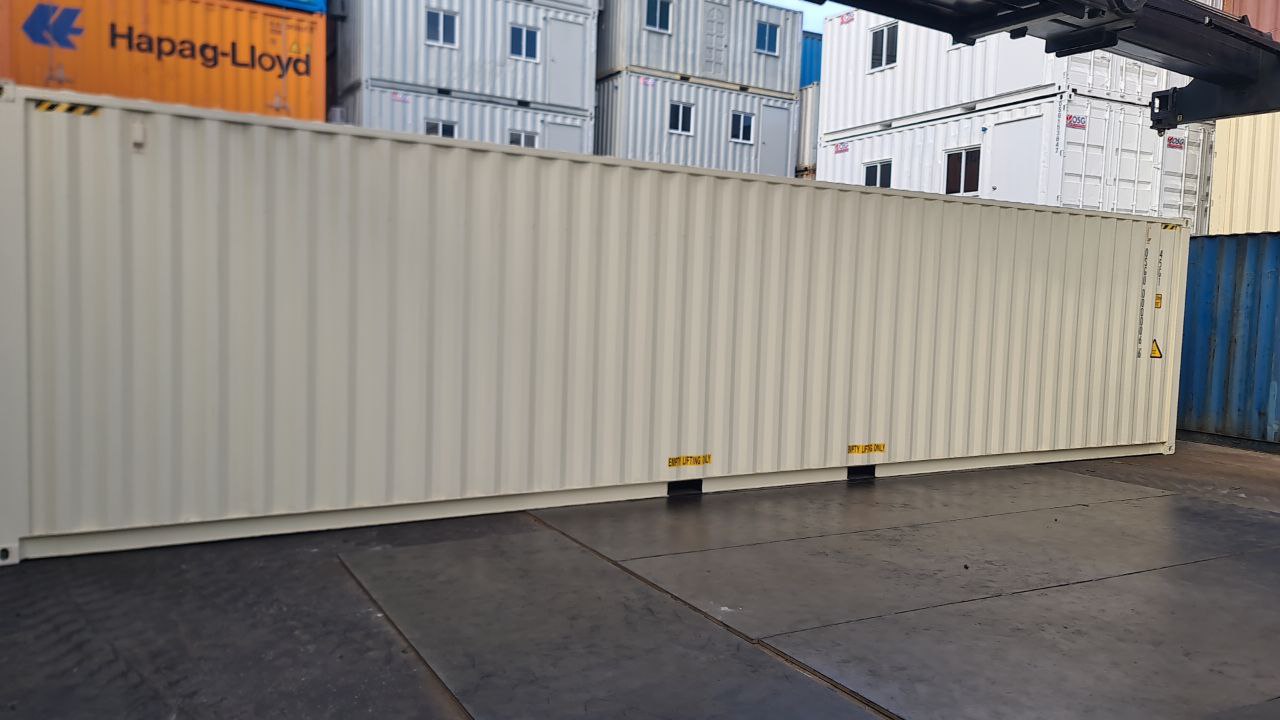Shipping Containers 101: Everything You Need to Know About Their Journey and Reuse

Shipping containers have become an integral part of global trade, revolutionizing the way goods are transported across the world. Their journey from manufacturing to reuse is a fascinating story of innovation and sustainability. This article will explore the lifecycle of shipping containers, their various uses, and their impact on our environment.
The Lifecycle of a Shipping Container
Manufacturing
The journey of a shipping container begins in a factory, where steel is transformed into these durable, stackable boxes. Most shipping containers are made from corten steel, which is known for its resistance to rust and weathering. The manufacturing process involves cutting and welding steel sheets into the container’s frame and walls, followed by painting to protect against corrosion.
Transportation
Once manufactured, shipping containers are transported to ports where they are loaded onto cargo ships. The standardized size of containers—typically 20 or 40 feet long—ensures they can be efficiently stacked and loaded onto ships, trains, and trucks. This standardization has drastically reduced shipping costs and time, making global trade more efficient.
Usage in Shipping
During their active service, shipping containers travel around the world carrying a variety of goods, from electronics to food products. They are designed to withstand harsh conditions at sea, including heavy winds, saltwater, and extreme temperatures. Their durability and efficiency have made them the backbone of the global supply chain.
Reuse and Repurposing
Second-Life Uses
When shipping containers are no longer fit for international transport, they often find new lives in a range of innovative applications. Reusing containers for various purposes is not only a practical solution but also an environmentally friendly one. Here are some popular second-life uses for shipping containers:
- Modular Homes and Offices: One of the most well-known uses for repurposed containers is in the construction of modular homes and offices. These structures are often praised for their durability and cost-effectiveness. Container homes can be customized with insulation, windows, and plumbing to create comfortable living spaces.
- Retail and Pop-Up Shops: Shipping containers have also become popular for creating unique retail spaces and pop-up shops. Their portability and ease of modification make them ideal for businesses looking for a cost-effective and eye-catching solution.
- Schools and Community Centers: In areas where traditional construction is impractical or too costly, shipping containers can be converted into classrooms, community centers, or healthcare facilities. They provide a quick and affordable way to address urgent needs.
- Agricultural Uses: Containers are increasingly being used in agriculture, particularly for vertical farming and hydroponic systems. They offer a controlled environment for growing crops, which can lead to increased yields and more efficient use of resources.
Environmental Impact
The reuse of shipping containers has significant environmental benefits. By repurposing these robust structures, we reduce the demand for new building materials, which in turn lowers carbon emissions associated with manufacturing and transportation. Additionally, reusing containers helps to minimize waste and extend the lifecycle of materials that might otherwise end up in a landfill.
Challenges and Considerations
While the reuse of shipping containers offers many benefits, there are also challenges to consider. Containers used in shipping may have been exposed to hazardous materials or chemicals, so proper inspection and cleaning are essential before repurposing them. Additionally, modifications to containers often require specialized skills and knowledge, which can add to the cost and complexity of a project.
Conclusion
Shipping containers are more than just the sturdy boxes that transport goods across the globe. Their journey from the factory to the high seas and finally into a new life as a modular home or pop-up shop is a testament to their versatility and durability. By understanding their lifecycle and exploring innovative reuse options, we can contribute to a more sustainable and resource-efficient future. Whether you’re considering a shipping container for your next project or simply intrigued by their journey, there’s no denying that these remarkable structures have made a lasting impact on our world.

